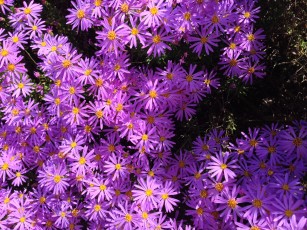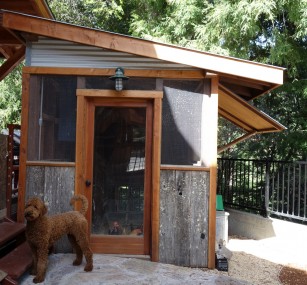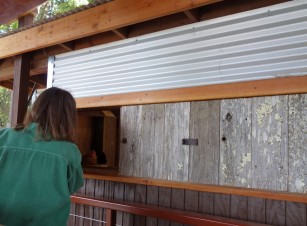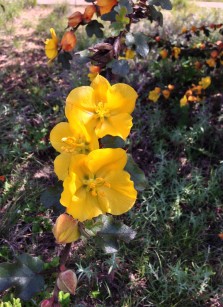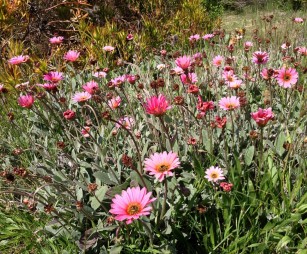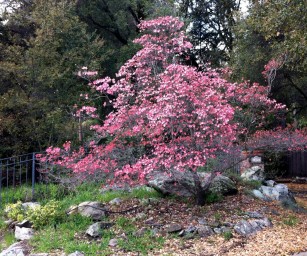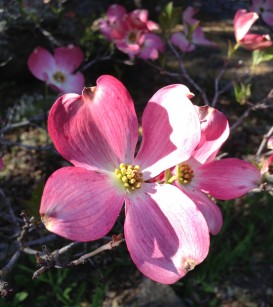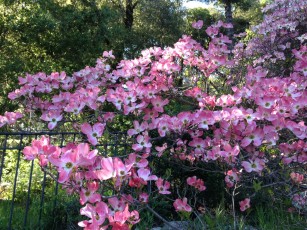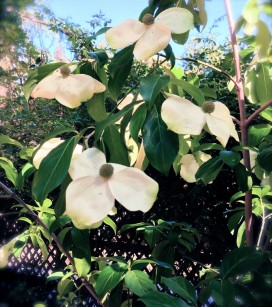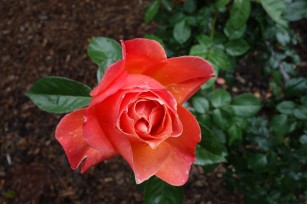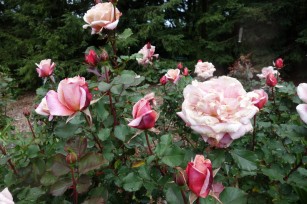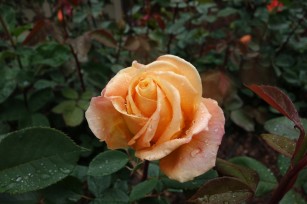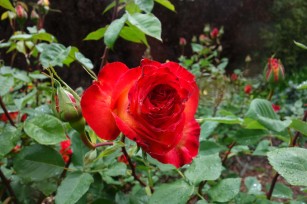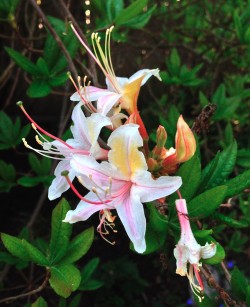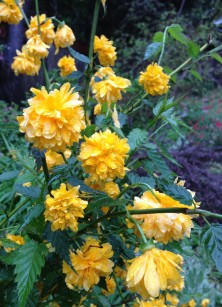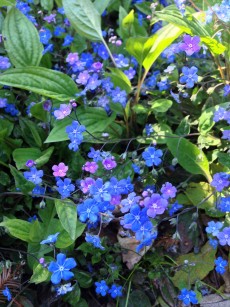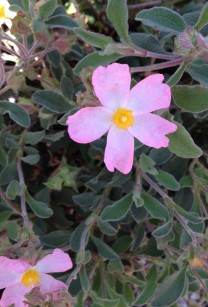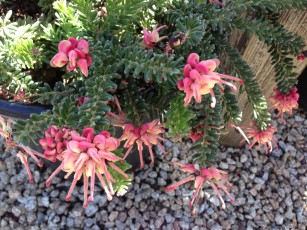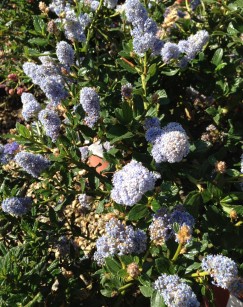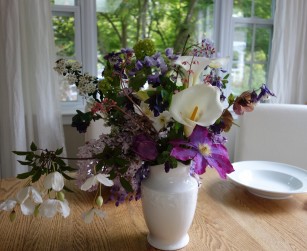 I have a shady garden so each flower on a shrub, tree, perennial or annual is a precious commodity. I wish I had more so that I could walk out into the garden and gather armloads of fresh flowers to decorate the dinner table with big bouquets. Most flowers last longer outside on the plant that when cut and I haven’t planted enough for cutting and to enjoy in the garden, too. This year I’m going to do something about that. There are beautiful flowers to grow in the shade as well as the sun that are also long lasting in the vase.
I have a shady garden so each flower on a shrub, tree, perennial or annual is a precious commodity. I wish I had more so that I could walk out into the garden and gather armloads of fresh flowers to decorate the dinner table with big bouquets. Most flowers last longer outside on the plant that when cut and I haven’t planted enough for cutting and to enjoy in the garden, too. This year I’m going to do something about that. There are beautiful flowers to grow in the shade as well as the sun that are also long lasting in the vase.
For starters I can take some tips from a bouquet that recently graced a friend’s table. It 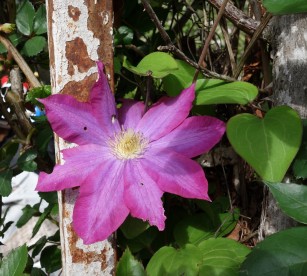 probably won’t come as a big surprise to you that many of my friends are also garden designers like I am. The beautiful mixed bouquet I admired was comprised of both flowers and foliage. White calla lily, magenta and white clematis and wisteria along with branches of blooming white spirea and viburnum snowball were the stars of the bouquet. Lacy spikes of coral bells and lilac columbine filled in between. Mauve colored hellebore and tulips rounded out the arrangement. Clearly I was impressed.
probably won’t come as a big surprise to you that many of my friends are also garden designers like I am. The beautiful mixed bouquet I admired was comprised of both flowers and foliage. White calla lily, magenta and white clematis and wisteria along with branches of blooming white spirea and viburnum snowball were the stars of the bouquet. Lacy spikes of coral bells and lilac columbine filled in between. Mauve colored hellebore and tulips rounded out the arrangement. Clearly I was impressed.
If you are looking to increase your cut flower potential like I am here are some suggestions. For starters it’s always good to grow perennial plants that come back every year but self sowing annuals are also great so don’t forget to plants some of those also.
In shady gardens, fragrant daphne odora is a wonderful small shrub. Sweet olive or osmanthus fragrans is a large evergreen shrub or small tree with blooms that smell like apricots.? Oakleaf hydrangea foliage and flowers look great in bouquets and the leaves turn red in fall which is an added bonus.
Our native shrub philadelphus lewisii, also called mock orange, has flowers that smell like oranges and it will grow in some shade as well as sun.
 In sunnier spots I’m going to plant carnations and dianthus because I love their intense clove fragrance both in the garden and in bouquets. Chocolate cosmos is always on my list. Who doesn’t love the smell of chocolate? Lemon verbena and scented geraniums are other great bouquet candidates.
In sunnier spots I’m going to plant carnations and dianthus because I love their intense clove fragrance both in the garden and in bouquets. Chocolate cosmos is always on my list. Who doesn’t love the smell of chocolate? Lemon verbena and scented geraniums are other great bouquet candidates.
Penstemon are good for cutting and the tubular flowers attract hummingbirds in the garden. Kangaroo paw don’t require much water to grow their unusual fuzzy tubular flowers. Coreopsis attract butterflies as are long lasting in bouquets. Used to be that coreopsis only came in bright yellow with maybe a bit of brown as an accent but now they are available in pinks, white, lilac and palest yellow.
Add more coneflowers, dahlias, gloriosa daisy, delphinium, foxglove, scabiosa, mimulus, aster, shasta daisy and yarrow to the perennial garden so you have extras for cutting then look to self sowing annuals that are easy to grow. Some that make good cut flowers are bachelor buttons, clarkia, cosmos, flax, love-in-a-mist, nasturtium, spider flower and calendula.
Annual flowers such as zinnia, lisianthus, snapdragon, statice and marigolds are great in containers where you can make every drop of water count and are also good for cutting.
To make cut flowers last,? pick them early in the morning before heat stresses them.? Flowers cut in the middle of the day will have difficulty absorbing enough water.? Take a bucket of tepid water with you and place stems in it as you cut.? Indoors, fill the kitchen sink with cool water and recut each stem underwater. The pull off any foliage or flowers that will be below the water level in the vase.? You’ll be amazed just now long your flowers will last when you cut them under water.? It’s worth the extra step.? Now fill a clean vase with 3 parts lukewarm water mixed with 1 part lemon-lime soda, 1 teaspoon vinegar, and a crushed aspirin.? Another recipe for floral food to add to the water is 2 teaspoons sugar, 2 tablespoons white vinegar , 1/2 teaspoon bleach in 1 qt water.? The sugar helps buts open and last longer, the acid improves water flow in the stems and the bleach reduces the growth of bacteria and fungus.? Change the water and recut the stems every few days to enjoy you bouquets for a week or maybe even two.

